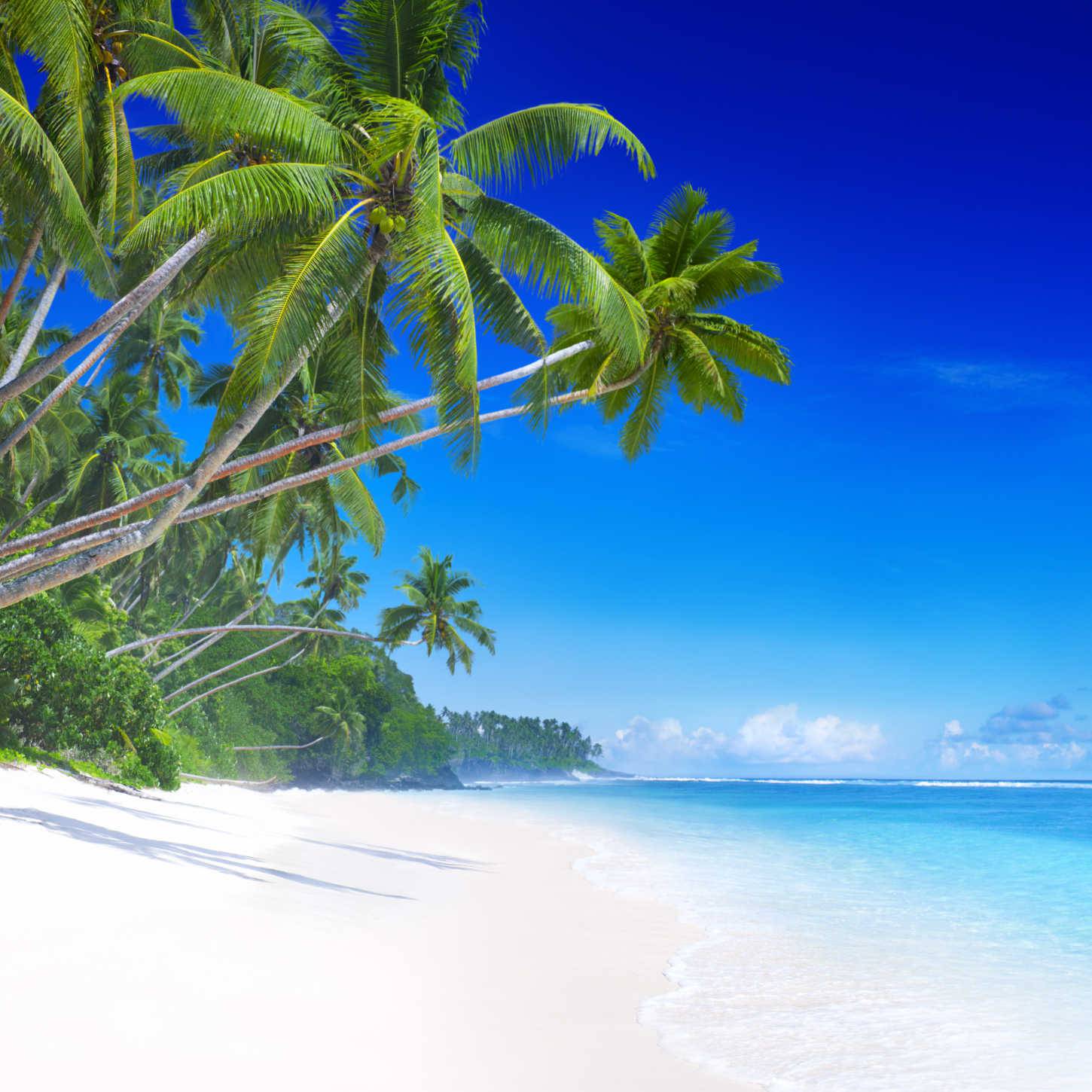More from Margarita island
Main Menu
- 00:00
- 06:00
- 12:00
- 18:00
- 23:00
Margarita island : Next 24-Hour Weather
Today - 21st December 2025
Sunrise 06:31
Sunset 18:03
Tomorrow - 22nd December 2025
Sunrise 06:31
Sunset 18:03
Holiday Weather Now
Sorted by popularity:
Updated at 20:00 GMT
-
Temp feels like41°C105°F
-
Length of day11h 32m
-
Pressure29" (1011 hpa)
-
Visibility10 km (6miles)
-
Wind speed9 km/h
Sunrise 06:31
Sunset 18:03
-
Temp feels like:
41ºC (105 ºF)
-
Length of day:
11h 32m
-
Pressure:
29" (1011 hpa)
-
Visibility:
6 miles (10 km)
-
Wind speed:
9 km/h
Maragarita Island, or Isla de Maragarita, is part of Venezuela's Nueva Esparta State, off the northeast coast of Venezuela. It is part of the chain of volcanic Lesser Antilles. Sitting in the Caribbean Sea near the equator, Margarita Island enjoys a dry, tropical climate with high temperatures and humidity. The sun shines for around eight hours a day for about 330 days a year. While there could be said to be a wet and a dry season as one period receives slightly higher rainfall, rainfall is generally low at all times and this leads some to describe the island as having a desert climate. Subtropical and temperate regions are found at higher altitudes of the islandâs mountainous terrain, while the highest peaks are snow-capped. The island is the only Caribbean Island south of the hurricane zone. It is sometimes affected by tumultuous weather surrounding these cyclones but as a rule does not receive direct hits.
The drier season lasts from December till May; from January till April an absolutely minimal amount of rain falls, sometimes months of drought, while the transition months do see infrequent, light showers. Temperatures on the island are quite uniform, boiling away in the low 30s, though the dry season tends to be about 1°C cooler than the wet season. The heat is made all the more present by the high humidity levels. It slightly less humid during the driest months but there is no pronounced difference. The sun blazes for the majority of each day and can send the heat spiking up into the 40s. Luckily, this is a rare occurrence. Northeast trade winds help to make the temperature more bearable but mainly affect the northeast side: this is generally around 3°C cooler than the southwest. These winds create perfect sailing and windsurfing conditions. They generally grow stronger throughout the day, creating more and more challenging conditions for more experienced water sport enthusiasts. From January till March is the windiest time of year.
The ever so slightly wetter season lasts from June till November and, as its name suggests, sees an increase in rainfall. Rain levels are still incredibly low by tropical standards and do not constitute a reason to avoid the island in this season. In fact many do not believe there is a true wet season on the island. Rain is generally slightly more frequent in northeast and inland mountainous regions. When it falls the rain is usually short-lived but heavy, true tropical downpours with thick, warm pellets of water flooding down from a black sky. Combined with the constant heat, this can push humidity levels even higher. Flooding sometimes happens, the worst of the weather occurring when hurricanes pass nearby. The northeast trade winds are still reliable but the temperature is that tiny bit higher.
Margarita Island owes its arguably idyllic climate to its near-equatorial location close to mainland South America, the strong northeast trade winds and its mountainous topography. High temperatures are assured while winds, mountains and the continent of South America help to lower rainfall in coastal regions. High humidity and endless sunshine have led to thick vegetation on the east side of the island, while on rain-starved west peninsula it is mostly arid. The island consists of two peninsulas joined by an isthmus which is home to Restinga Lagoon National Park, an area protected for its great biodiversity. The east side of the island is one of the most popular tourist destinations in the Caribbean and is heavily developed.

















